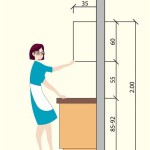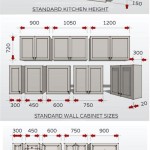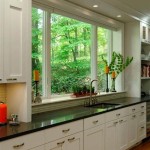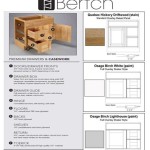Kitchen Cabinet Making 101: Essential Aspects
Noun: Kitchen Cabinet Making 101 represents the topic's skillset involving the construction and installation of kitchen cabinets, forming an integral part of carpentry.Kitchen cabinetry constitutes a fundamental element in any household, providing ample storage and enhancing the overall aesthetics of the space. Whether embarking on a DIY project or collaborating with a professional cabinet maker, understanding the essential aspects of Kitchen Cabinet Making 101 empowers individuals to make informed decisions and achieve satisfactory results.
This comprehensive guide delves into the key aspects of Kitchen Cabinet Making 101, encompassing materials, design considerations, construction techniques, installation procedures, and finishing touches. By exploring each element in detail, readers will gain a solid foundation in the art of kitchen cabinet making, enabling them to create functional and visually appealing cabinetry that meets their specific requirements.
Materials
Selecting the appropriate materials forms the cornerstone of successful kitchen cabinet making. Common materials employed include wood, plywood, and medium-density fiberboard (MDF). Each material possesses unique characteristics, such as durability, cost, and aesthetic appeal, which should be carefully considered when making a selection.
Design Considerations
Prior to construction, meticulous planning is essential to ensure the cabinets seamlessly integrate with the kitchen's overall design and functionality. Aspects to consider include cabinet layout, door style, hardware selection, and the incorporation of specialized storage solutions like pull-out drawers and corner units.
Construction Techniques
Various construction techniques are employed in kitchen cabinet making, with each method offering specific advantages and drawbacks. Common methods include face-frame construction, frameless construction, and inset construction. Understanding the nuances of each technique enables individuals to make informed decisions based on factors such as durability, aesthetics, and cost.
Installation Procedures
Proper installation is crucial to ensure the longevity and functionality of kitchen cabinets. The process typically involves leveling and securing the cabinets to the walls, attaching doors and drawers, and performing final adjustments. Understanding the correct installation procedures minimizes the risk of errors and ensures a flawless outcome.
Finishing Touches
Once the cabinets are installed, the finishing touches complete the transformation. This stage involves applying paint or stain, installing hardware, and adding decorative elements such as crown molding or backsplash. Paying attention to detail during this phase elevates the overall appearance and functionality of the cabinetry.
By delving into the essential aspects of Kitchen Cabinet Making 101, individuals can approach the task with confidence, ensuring the creation of durable, functional, and visually appealing kitchen cabinets that enhance the heart of their home.

Kitchen Base Cabinets 101 Ana White

Cabinet Making 101

Cabinet And Built In Building Basics Sawdust Girl

Kitchen Base Cabinets 101 Ana White

Cabinet Making 101

Cabinet Making 101 Design Build And Install

Cabinet Terminology Cabinetry 101 Omega

How To Build Kitchen Cabinets Start Finish

Cabinet Making 101 Building Kitchen Cabinets Design Diy Woodworking

Kitchen Cabinets 101 Cabinet Shapes Styles Cabinetcorp
Related Posts








